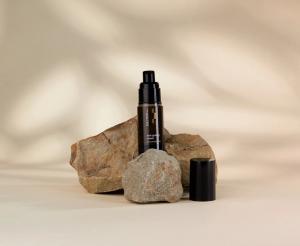Licorice Uralic
Other names: Glycyrrhiza uralensis, sweet wood, rush, sweet root
Harm score: 1 (Natural substances)
Ural licorice, scientifically known as Glycyrrhiza uralensis, is a perennial herb belonging to the berry family that is native to Asia and North America. The species has been cultivated in China for thousands of years and is also known by the names sweet wood, stick or sweet root. The plant is also very popular in the Czech Republic, mainly because of its aroma, taste and properties. It is a plant almost half a metre tall with showy flowers and oblong leaves. An important part of the plant is its root, which is used in both gastronomy and medicine.
Licorice extract is mainly used in the food industry, where it adds a sweet flavour not only to candies and liqueurs, but also to certain types of tea. The production of liquorice confectionery is particularly well known, where the sweetness and specific taste of liquorice root is used. Also very popular are the sticks, which are made from the extract of the root. In medicine, it is used for its anti-inflammatory and immunostimulating effects. It is used not only to treat colds and coughs, but also to treat stomach ulcers or eczema. Its components are included in some herbal teas, syrups, tablets and ointments. In recent years, licorice has also been used in cosmetics - for example, in lotions, creams or shampoos for sensitive skin.
Licorice Uralic can be found in the following products

Pomegranate Roll-On Deodorant 24 Hours
Product detail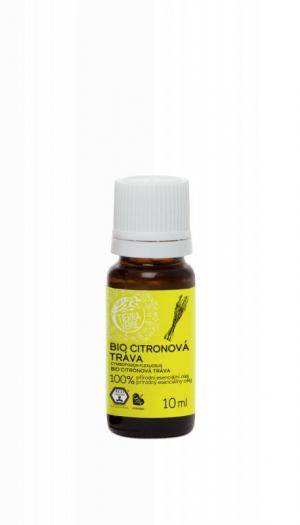
Lemon Grass Essential Oil BIO (10 ml) - helps with exhaustion
Product detail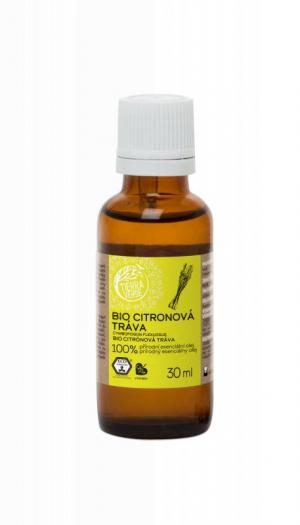
Lemon Grass Essential Oil BIO (30 ml) - helps with exhaustion
Product detail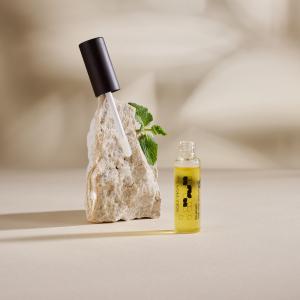
Lip serum Hydration and plumping/Lip serum Plump and hydration 7 ml
Product detail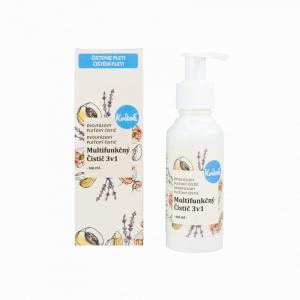
Two-step multifunctional 3-in-1 cleanser (100 ml) - removes make-up, cleanses and tones
Product detail